The ABCs of Toyota is a series dedicated to looking at the models, concepts, and technology of the brand we all love. Going from A-Z we will look at some of the most important and interesting products from the Toyota brand.

In the United States, the minivan market is down to just a handful of models, the latest hybrid-only Toyota Sienna being the brand's only entry in this tiny battlefield. In Asia however, minivans are still a big business with brands having multiple models at different price points and sizes, but the one that has reigned supreme for the past couple of decades has been the Toyota Alphard. So what makes this minivan so special and how has it endured decades of strong sales? Let's dig in and find out more about the Alphard and its variants.
Gen 1:
The Alphard is not just a basic minivan although it's based on the Estima platform, it is intended to be upscale, the name Alphard having been derived from the Hydra constellation's brightest star which for Toyota's marketing team means it should exude some sort of grandness. Replacing the Granvia and Grand Hi-Ace as Toyota's flagship minivan, the Alphard (AH10) made its debut in 2002 with the G and V variants sold from different Toyota dealers in Japan. While differences between the G (Grand) and V (Victory) designations were minimal, each vehicle offered a slew of options like 2-2-3 and 2-3-3 seating, Alcantara or leather seats, GPS navigation, and laser cruise control. Drivetrains varied little over the six-year first generation run, the top models received a 3.0 liter 1MZ-FE V6 mated to a 4-speed or 5-speed (post-facelift) automatic transmission and could be had in front-wheel or four-wheel drive. Another engine option was the 2AZ-FE which was a 2.4-liter unit that pumped out roughly 159 horsepower, this motor would eventually get mated to a CVT and paired with an electric motor to create the Alphard Hybrid model. The Alphard is known for many things, it has a quiet cabin, supple ride, and plenty of space, the seating being one of the best features as the second-row captain chairs can swivel and all seats can lay completely flat. In a way, Alphard took the old Hi-Ace recipe and made it a bit more luxurious and refined, and it helped set up success in subsequent generations.
Gen 2:
Continuing to be the flagship minivan in Toyota's lineup, the Alphard debuted its second (AH20) generation in May of 2008 with a sister variant and a slew of changes. The Alphard V name was discontinued but replaced by the Vellfire which was sold through the Netz dealership network in Japan and was aimed at younger buyers. Sold through the Toyopet dealership chain, the new Alphard had two engine options: a carryover 2AZ-FE four-cylinder mated to a new CVT, and a 3.5L 2GR-FE V6 that employed a 6-speed automatic transmission to power the wheels. Both engine options come with the option of two different drivetrains as the 280 horsepower V6 could be had with a front-wheel drive or all-wheel drive setup as does the entry-level 2.4L. The Alphard and Vellfire also have an all-wheel drive-only hybrid model to raise fuel economy and lower emissions while retaining the same usability of other trim levels. In terms of trim levels, the Alphard offers 8 variations that go from sporty to a full-on limousine experience, let's dive in a bit below.
Alphard X:
The X in the Alphard lineup was actually the base model with a beige cloth interior, a choice between the inline-four or V6 (Hybrid available on all trims after 2011), and seating for either seven or eight passengers. Standard was a power sliding door and xenon headlights while other add-ons could be had when ordering from the dealer.
Alphard S:
The sportier Alphard was designated with the letter S, featuring sporty styling cues like side skirts and aggressive front and rear bumpers. S models could be had with either the 2.4L or 3.5L but inside this van used the seven-passenger configuration with ottomans all covered in dark grey and black cloth. Although considered the mid-grade model, the S came with powered doors on each side, LED lighting strips, powered mirrors, and dual-zone climate control. Other options included packages with a powered tailgate, partial leather interior, and cruise control, but there were also two special editions for the Alphard S named Prime and Type Gold.
Prime:
Alphard S Prime owners were treated to a light wood grain on the dashboard and steering wheel and introduced a beige Alcantara material throughout the cabin.
Type Gold:
The Alphard S Type Gold features gold badging on the exterior and gold accents throughout the interior such as the carpeting and trim.
C Package:
The C Package was a seven-seater with dark grey and black cloth interior standard, heated black leather optional, and center-row captain chairs with powered ottomans. Side and rear tailgates were powered and a twin sunroof was optional as was a premium sound system with a rear monitor.
Alphard G:
Alphard G models were optioned similarly to the S variant but with a beige interior, power front seats with a memory option for the driver, and an electric ottoman for the front passenger.
L Package:
Equipped with beige leather as standard, the L Package also featured front heated seats and middle-row captain chairs that had heating/cooling as an option but came with a powered ottoman as standard. This seven-seat Alphard came with a twin sunroof standard and options like Lane Keep Assist and Radar Cruise Control was available.
Royal Lounge:
Converted by the Modellista arm of the Toyota dealership network in Japan, the Alphard Royal Lounge was a high-end limousine for customers to be driven in. Available with either the hybrid or V6, the Royal Lounge starts by removing the interior behind the front seats and installing two "first class" style seats for added space and luxury. Window curtains, leather, a television, and even a refrigerator were options that could be had during the initial build.
Gen 3:
The third and current generation Toyota Alphard (AH30) made its debut in 2015, carrying over the previous generation V6 and replacing the four-cylinder models with the 2.5L 2AR-FE (-FXE for hybrid). Power ranged from 177 to 296 horsepower from the three engine options while being attached to either a 6-speed automatic or 7-speed super CVT-i for the non-hybrid four-cylinder, an e-CVT for the hybrid, and an 8-speed UA80E for the V6 model. This new model was built on the "New MC" platform that underpinned many other cars from the 2010s like the Toyota Corolla, RAV4, Scion tC, and even the Lexus CT among others, this allowed it to have better road manners and an easy to build modular platform for Toyota. The new Alphard also has plenty of upgrades to the suspension and chassis with the platform swap, this includes rear double wishbone suspension, added adhesive for rigidity, and an all-new shape to help reduce wind noise. Inside, the Alphard comes with either 7 or 8-seat configurations as usual but with more modern materials and touches like adjustable LED strip lighting, a smart entry system that opens the doors when near the vehicle, touch screen in-car entertainment, and a multitude of cloth, leather, and wood trim options. The current Alphard comes in various trim levels like previous generations such as the S, G, X, Executive Lounge options, and a Welcab side-lift orientation to allow the transport of disabled passengers. As the latest model for sale, it is the pinnacle of the minivan segment, luxurious even at its lowest trim the Alphard nameplate should live on for future generations.
Modified Examples:
(Photos courtesy of CarScoops.com)
Now of course the history of a minivan model may not be the most entertaining but what is a lot of fun are the custom creations built on these three platforms. The most recent and eye-catching build came from this past Tokyo Auto Salon when the students at Nihon Automobile College built a current-generation Alphard as a dually pickup truck. The students at NATS mated the rear end of a Hilux and custom suicide doors before spraying it in a bright hue of blue. The NATS Super Dually Truck has a set of 20-inch Work E10 wheels at each corner wrapped in massive tires, this build goes beyond the typical VIP-style build and showcases the skills of these young students.
Conclusion:
The comfort and features that come standard make them a very popular choice for minivan-crazed nations throughout Asia who really covet the vehicles. Most of the modifications done to Alphards and their Vellfire twins are for aesthetics such as lowered suspension, bigger wheels, audio, and VIP touches making these cars mobile lounges. As these vehicles become legal to import in the United States it will be interesting to see what take different tuners have on this versatile platform, will it continue on with the opulent VIP look? Or is an off-road Alphard something that may appeal to prospective owners? In the meantime, let's look at a few modified examples above for inspiration but if you have your own we'd love to see them, please send pictures and information to TeqDigest@Gmail.com.
Extra Viewing Material:
For those looking to purchase or just want some more information, please take a look at some interesting videos listed by generation on the Alphard...enjoy!
Toyota Alphard (2004) | Car Review - Be Forward
The Toyota Alphard is the JDM VIP Minivan You've Never Heard Of - Roads Untraveled
2010 Toyota Alphard 350X (UK Import) Japan Auction Purchase Review - Pacific Coast Auto
A Car Guy's Review of the Toyota Alphard/Vellfire 2.4 ANH20! (2008-2015). MPV over an SUV? - HHlah
2022 Toyota Alphard Hybrid 2.5 Elegance | Sgcarmart Reviews - Sgcarmart
Toyota Alphard Review. The Luxury JDM Mini-Van (AH30) - Ross Reviews

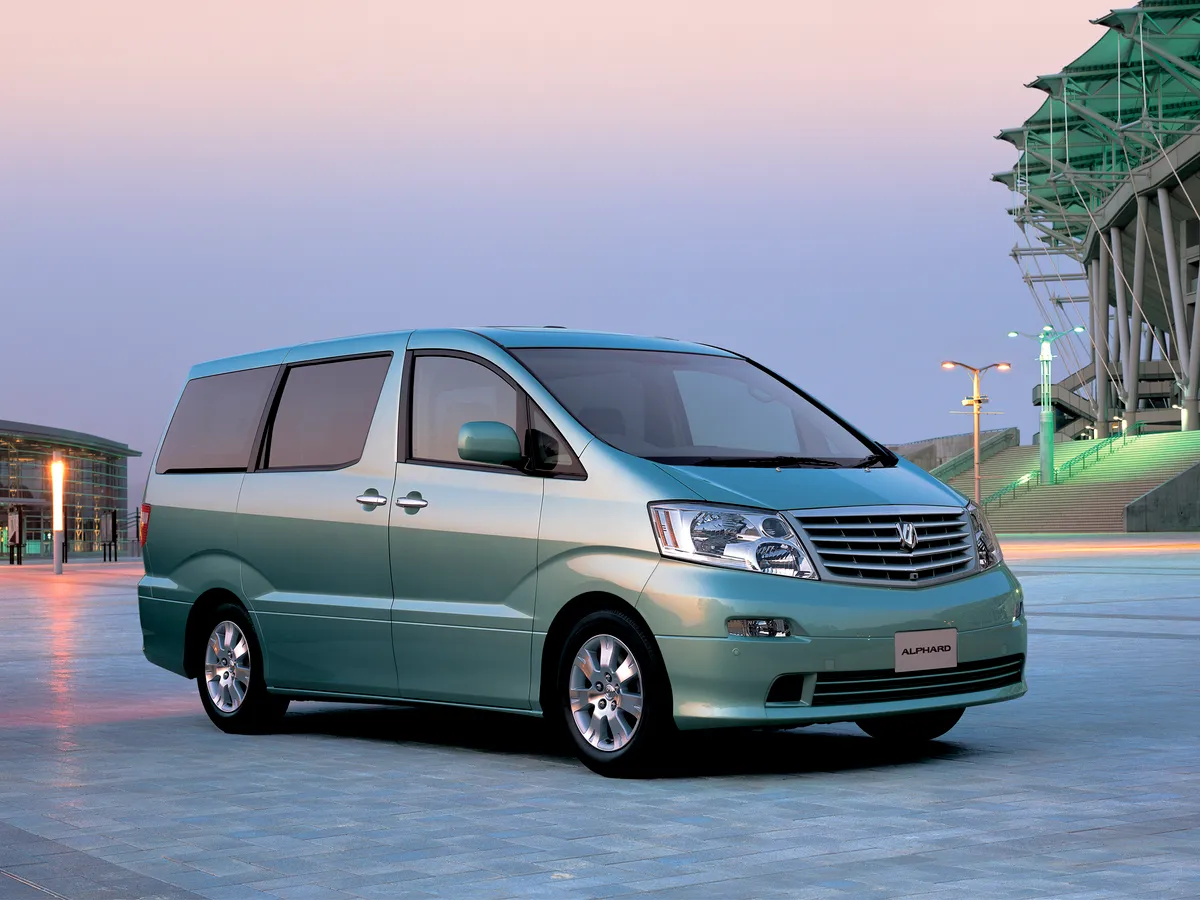
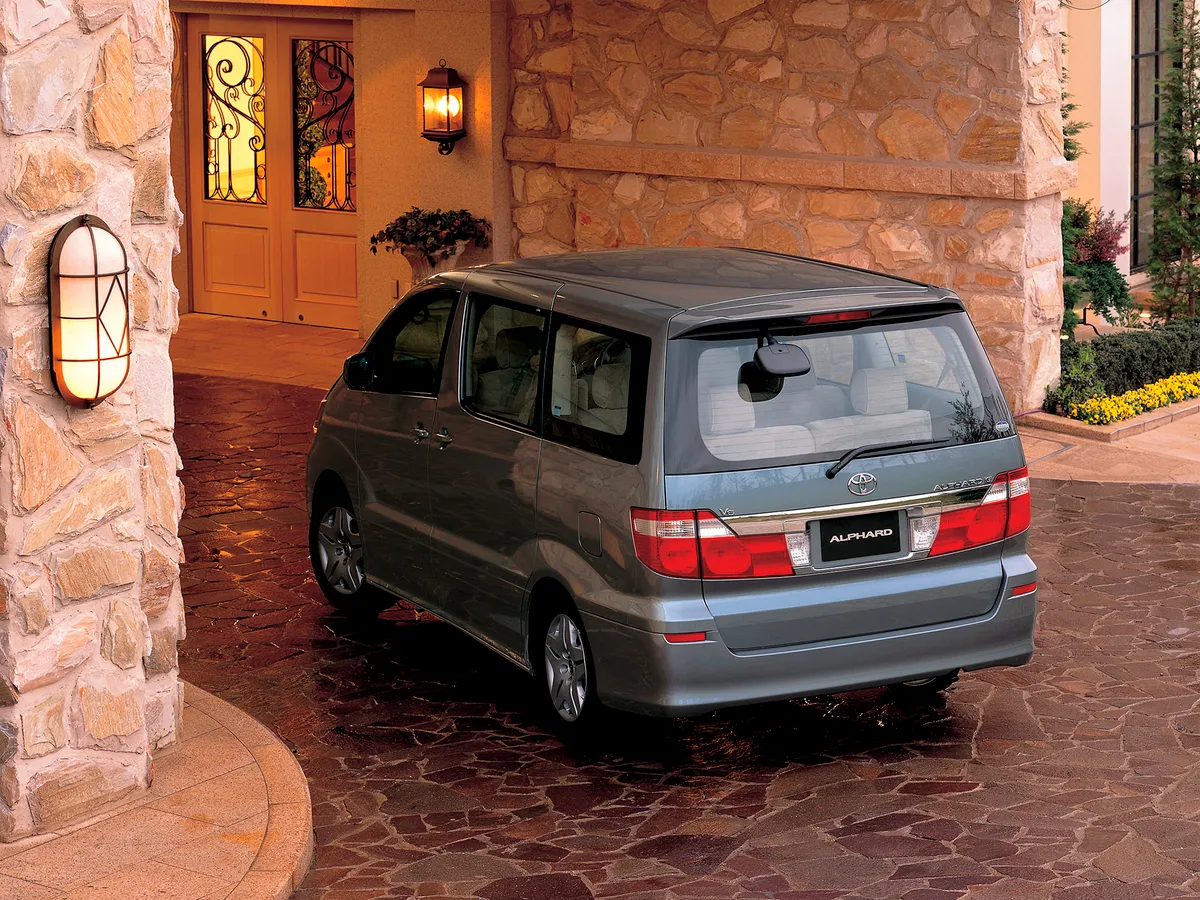
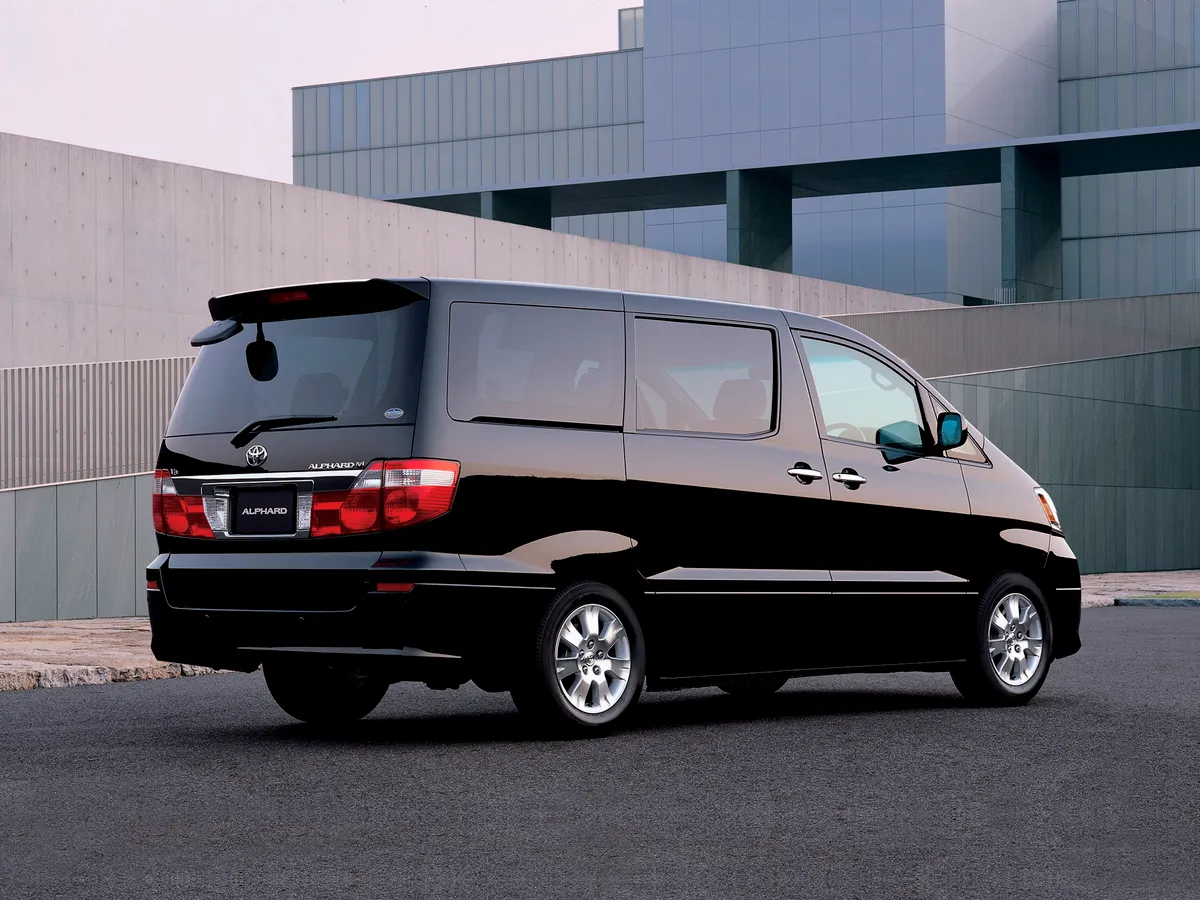

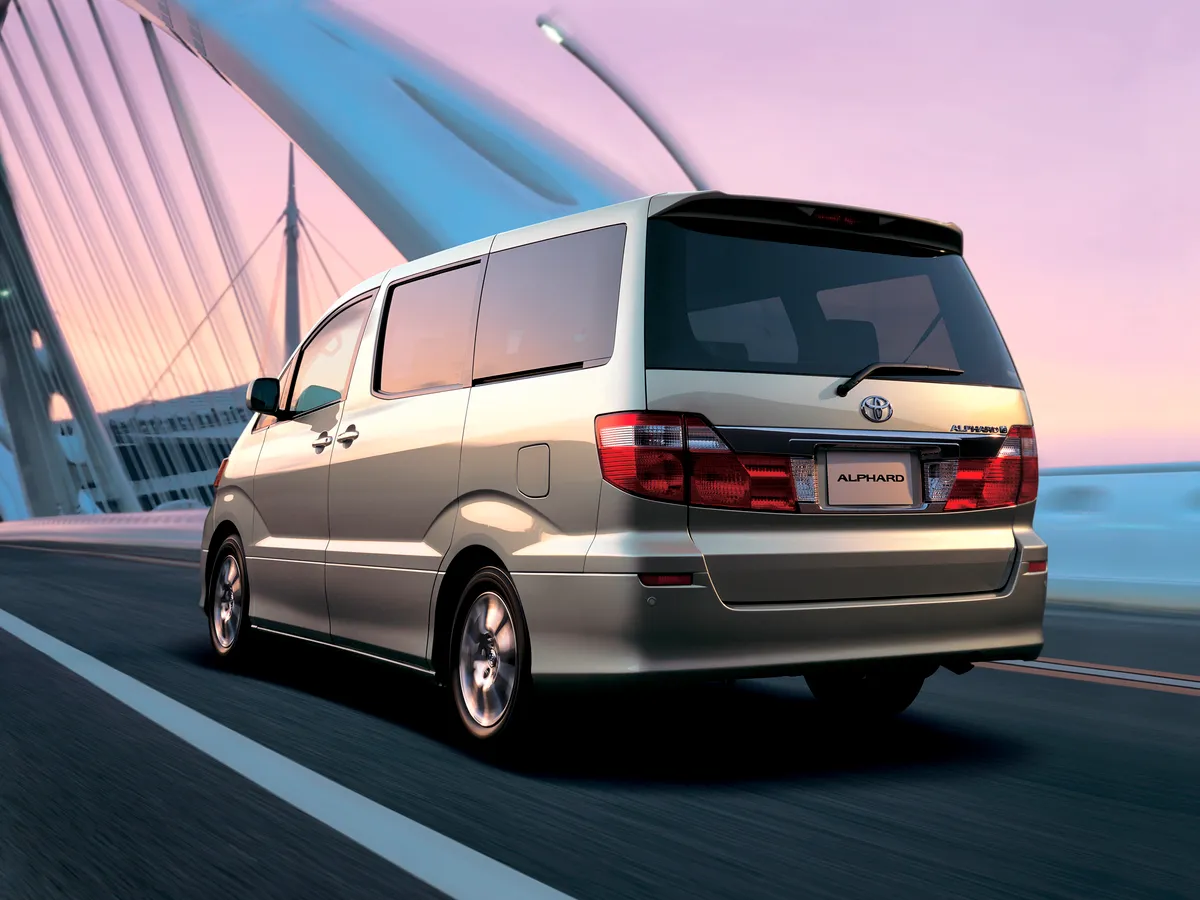

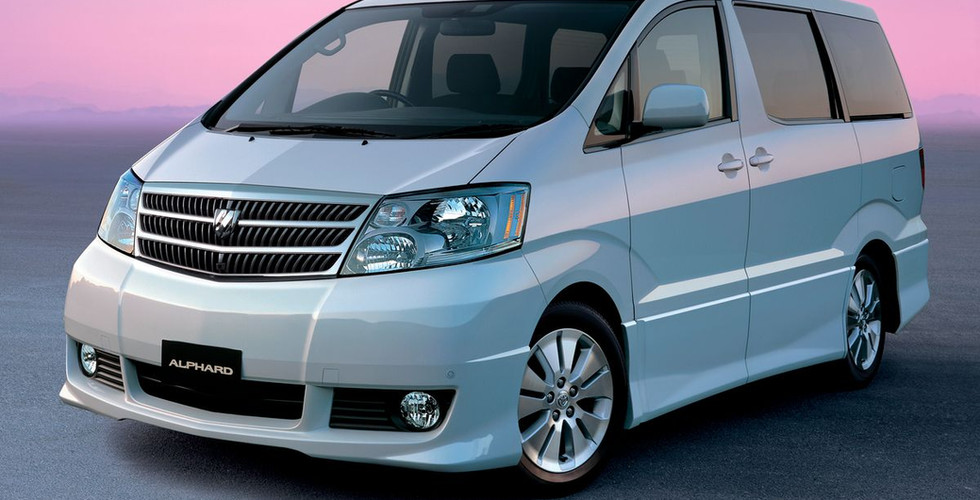
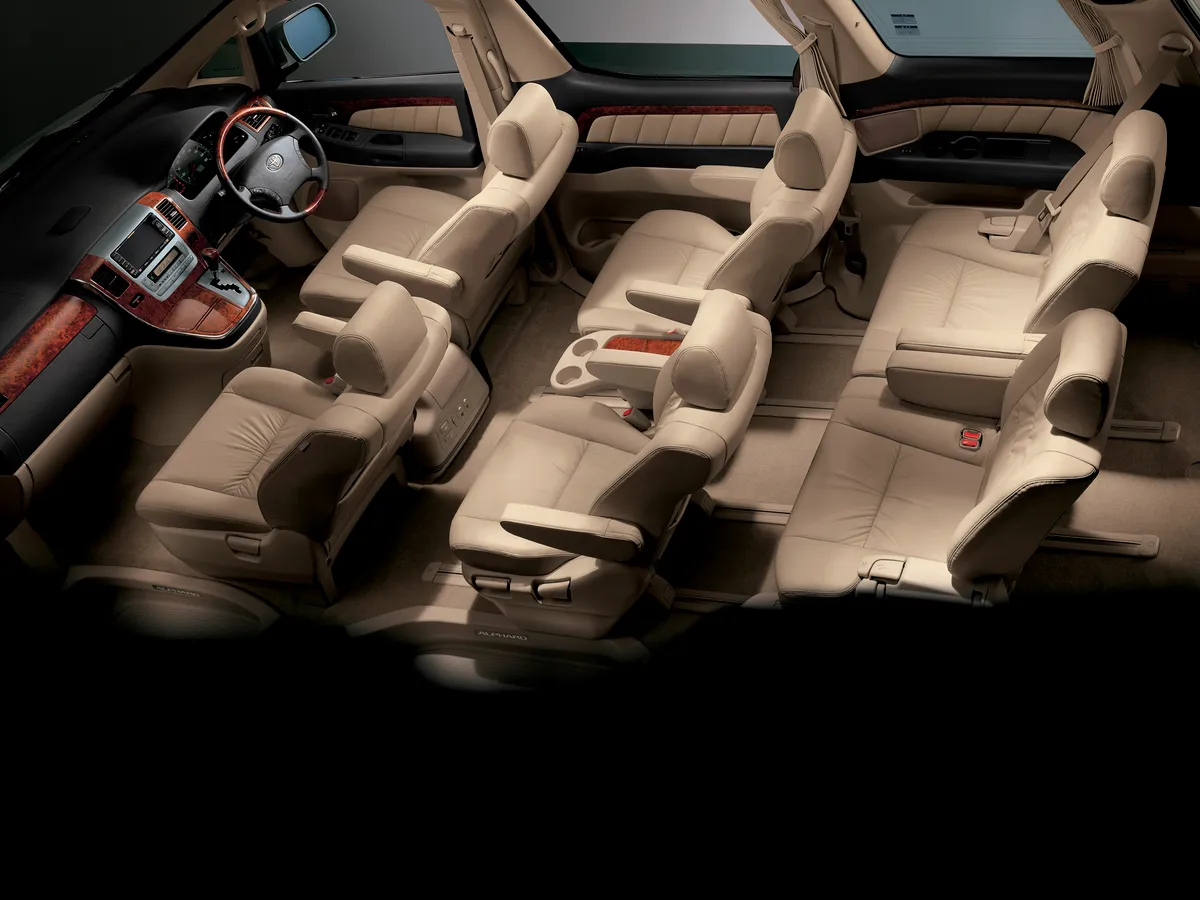
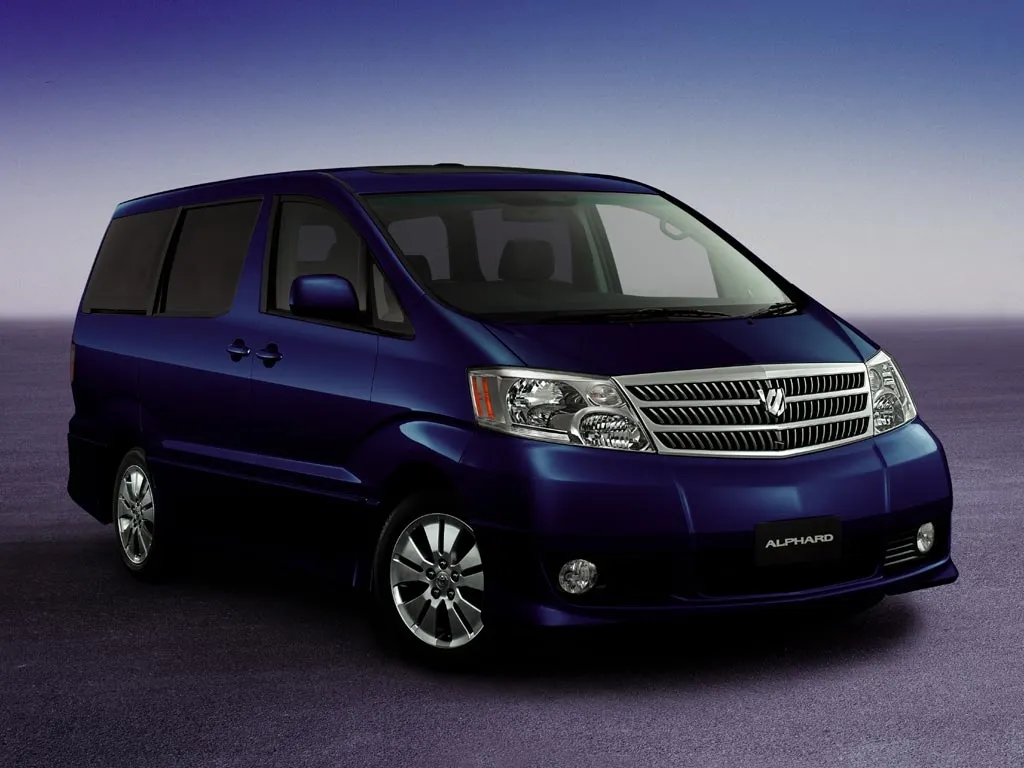
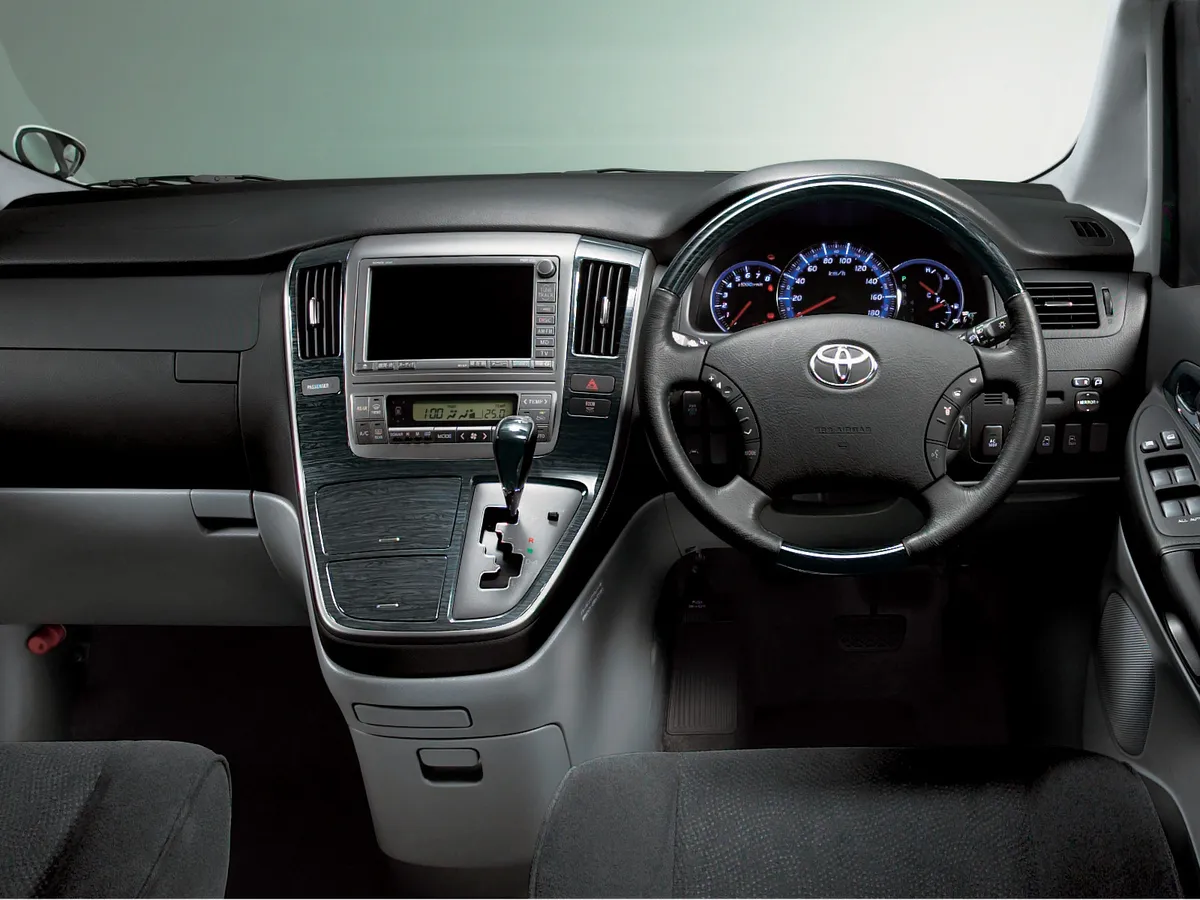
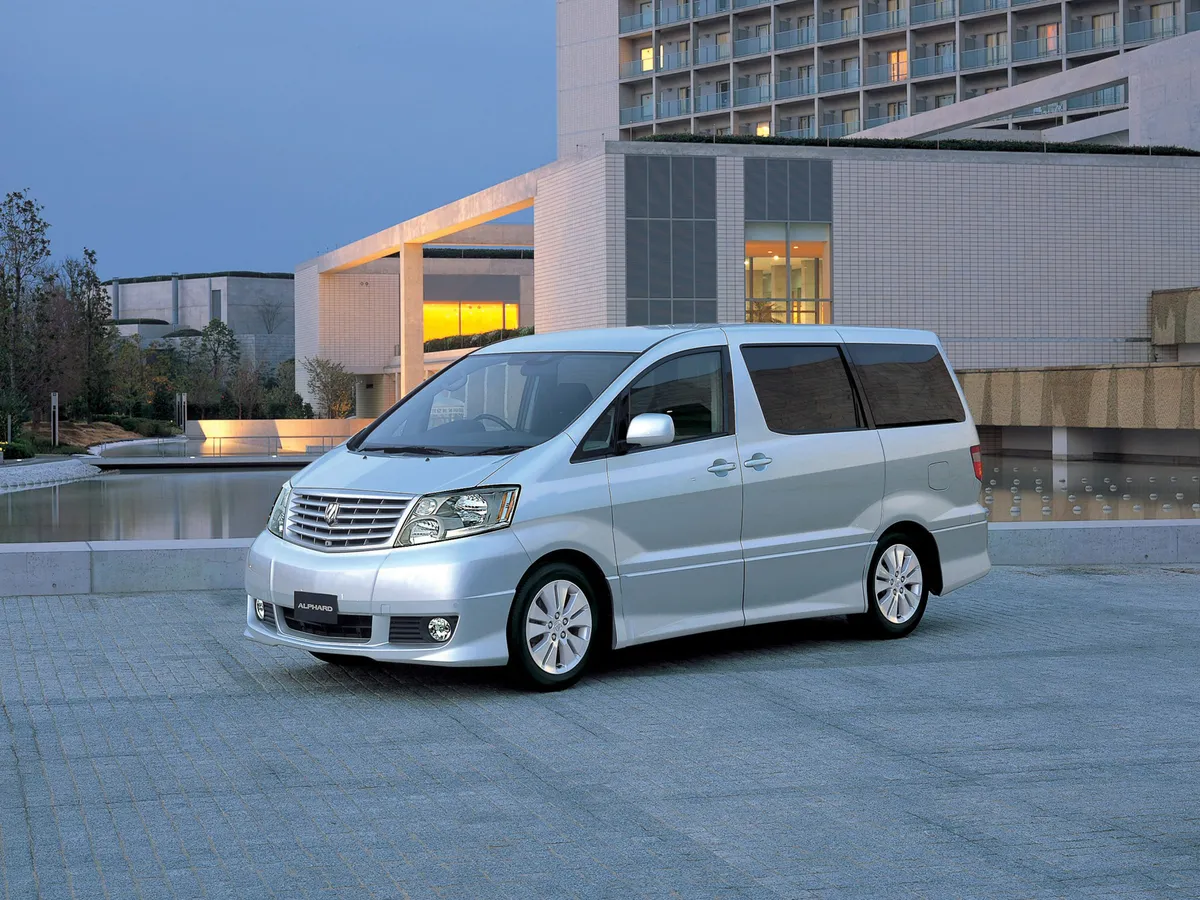
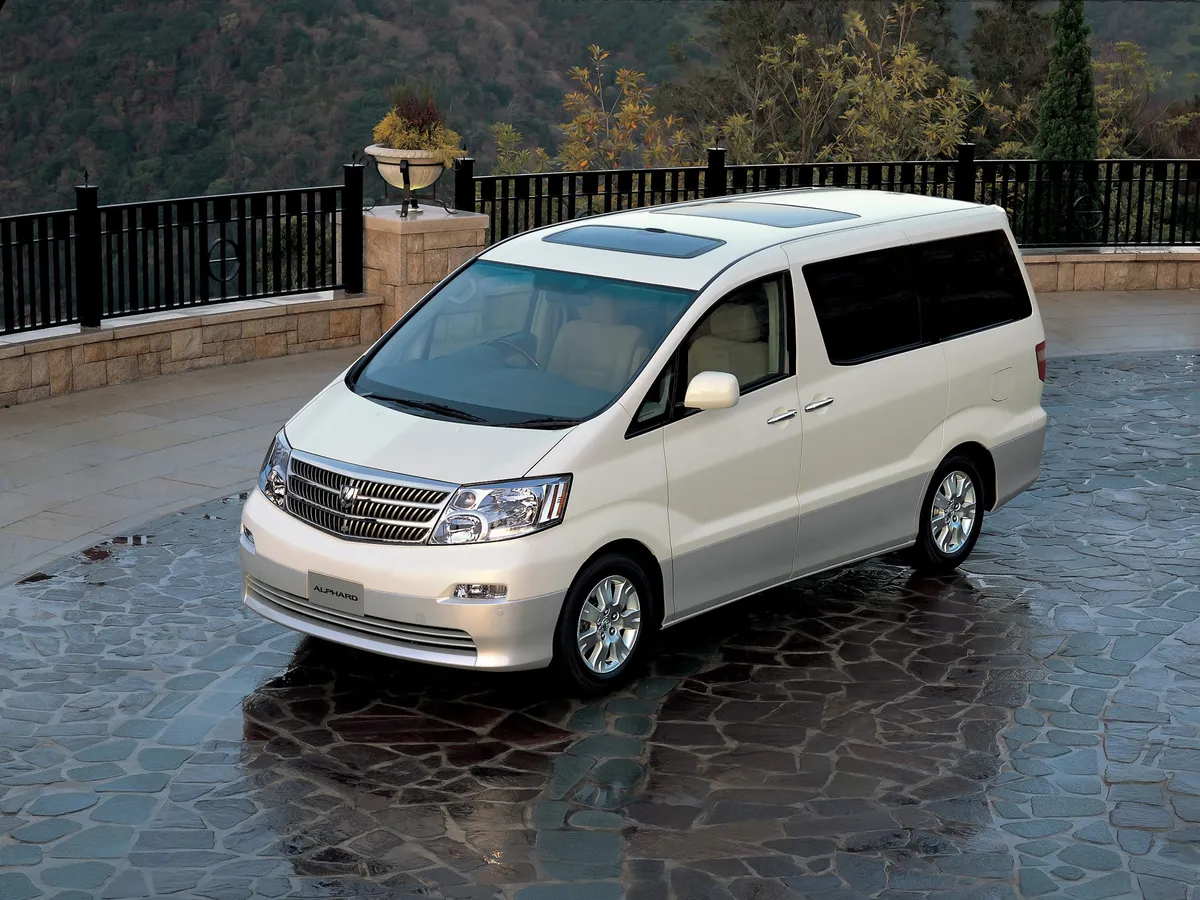
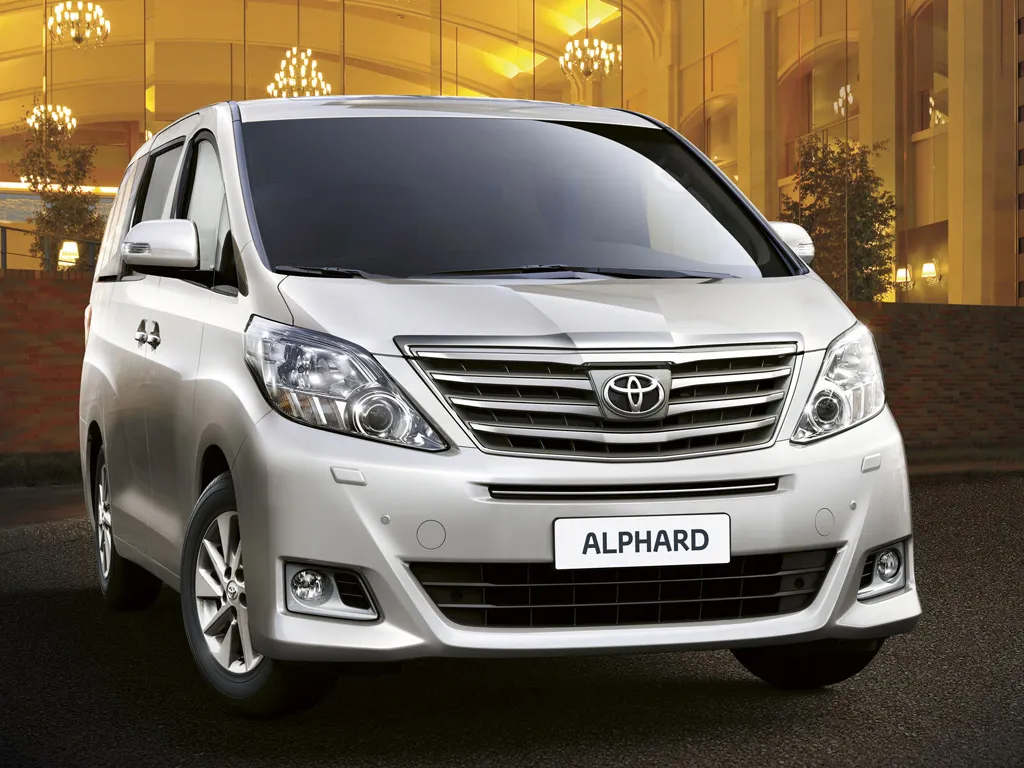
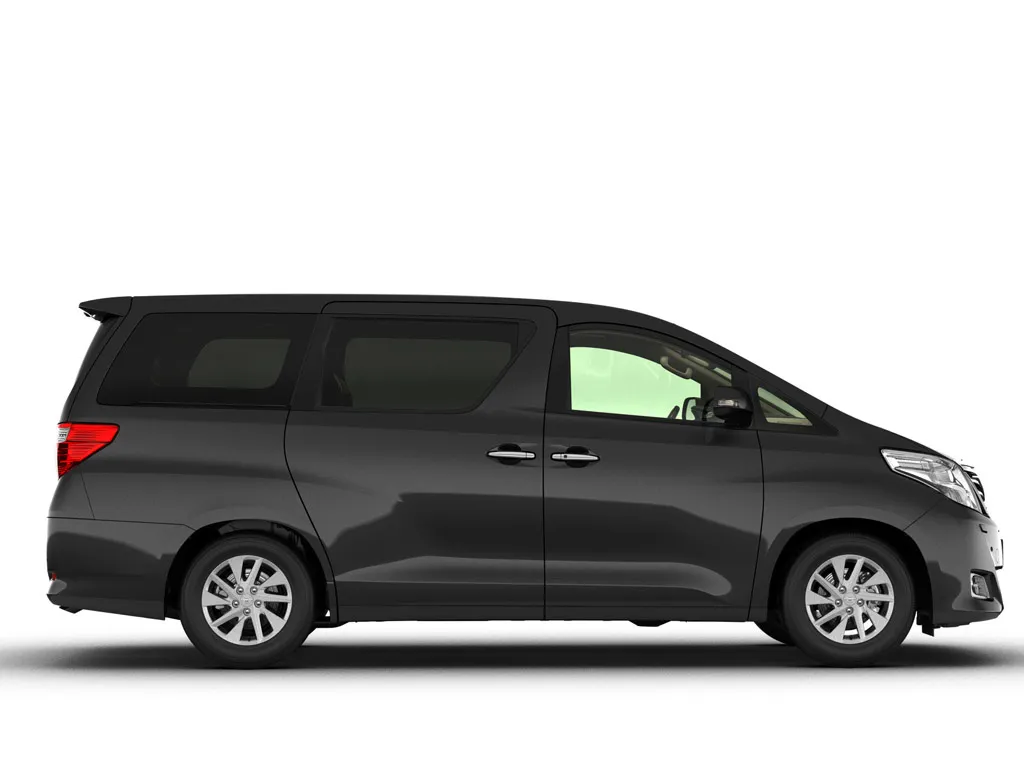
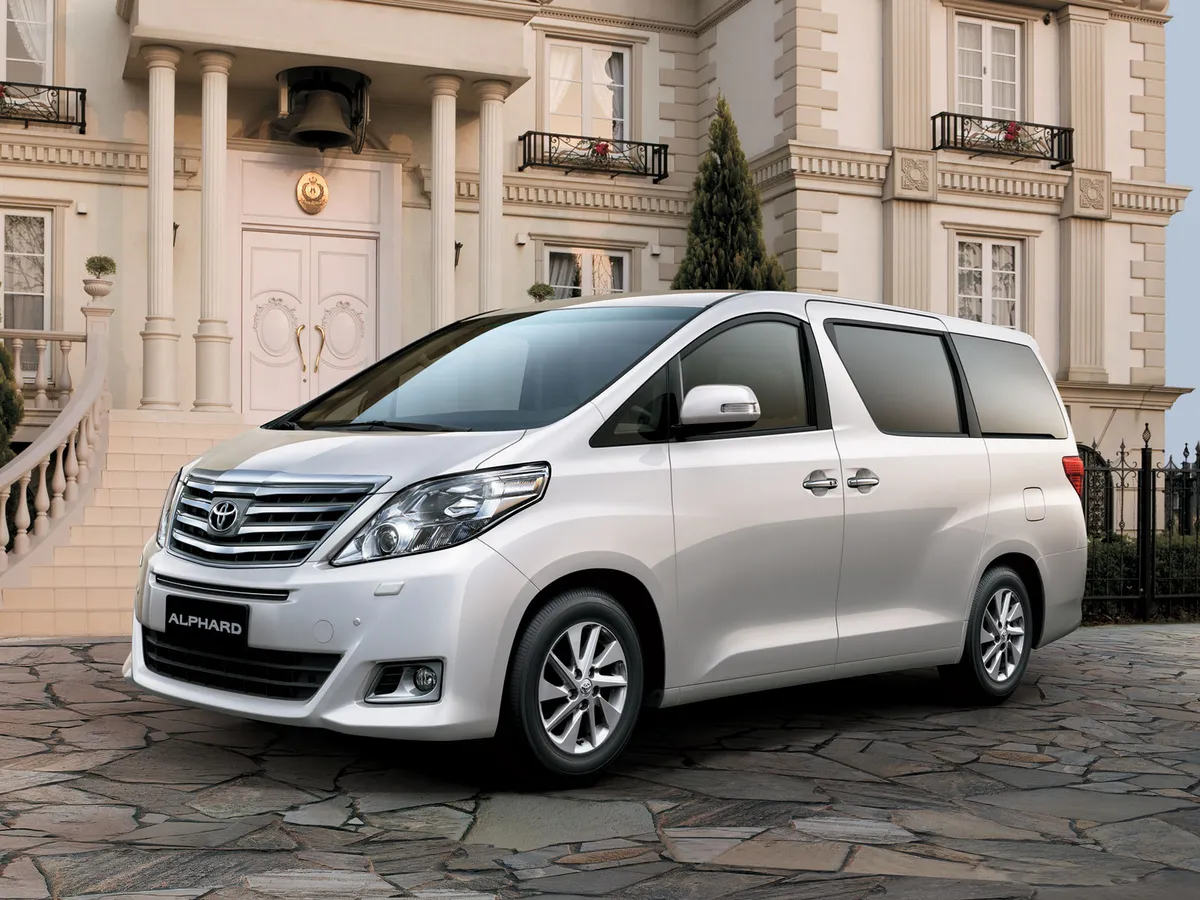


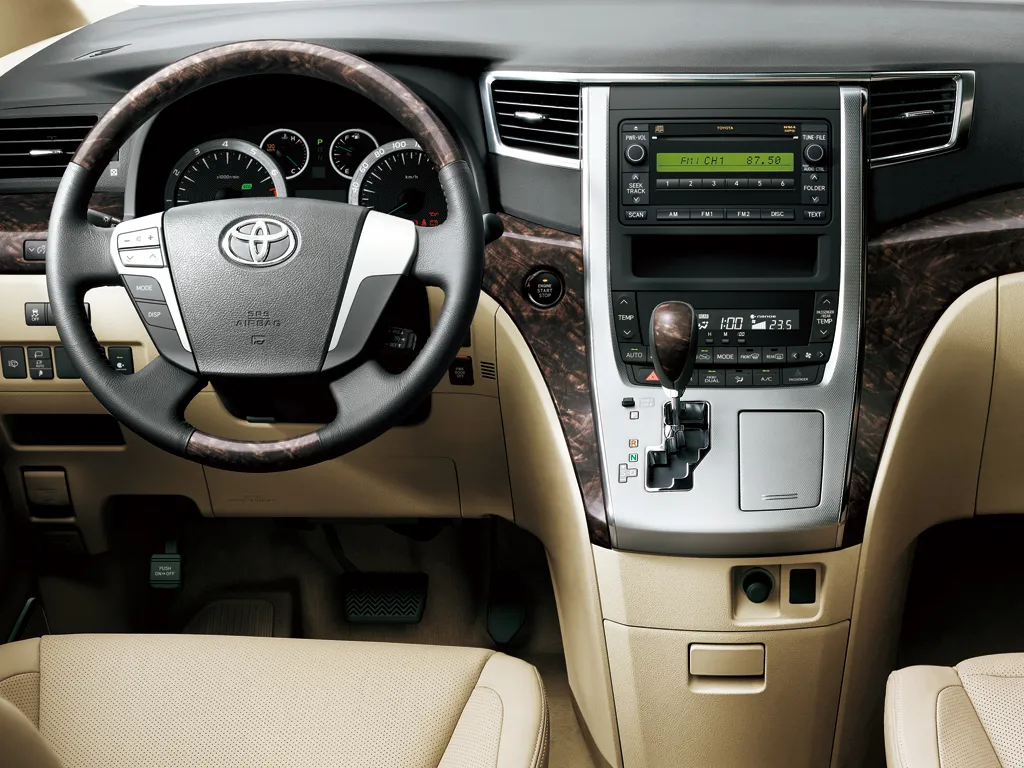
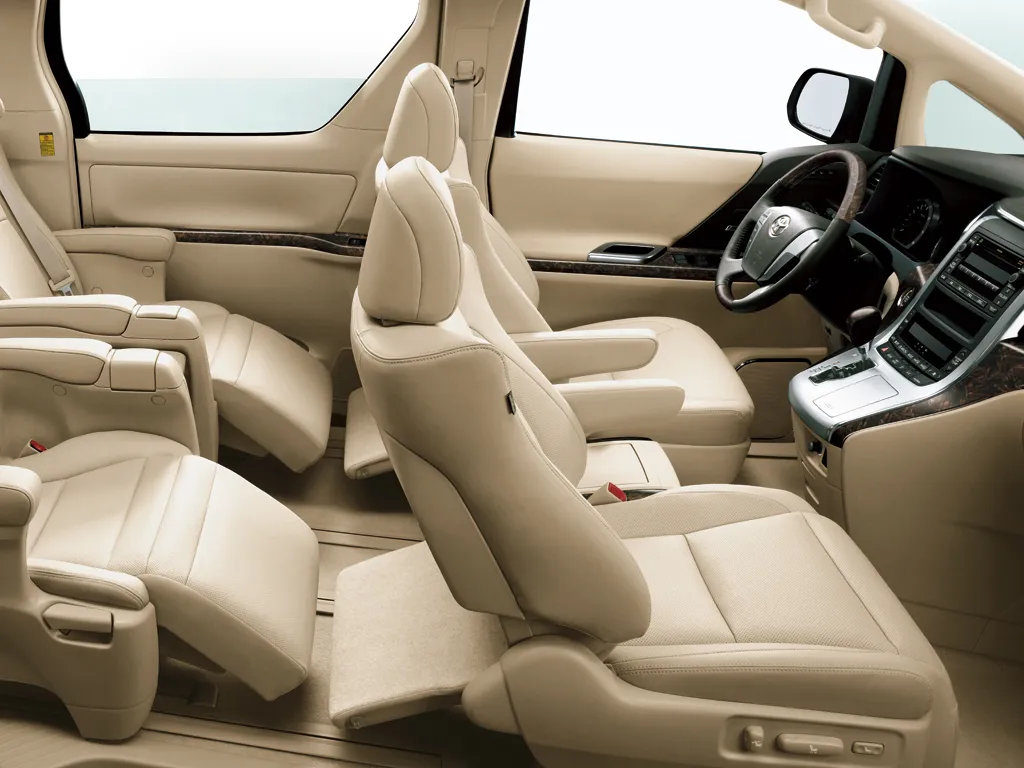
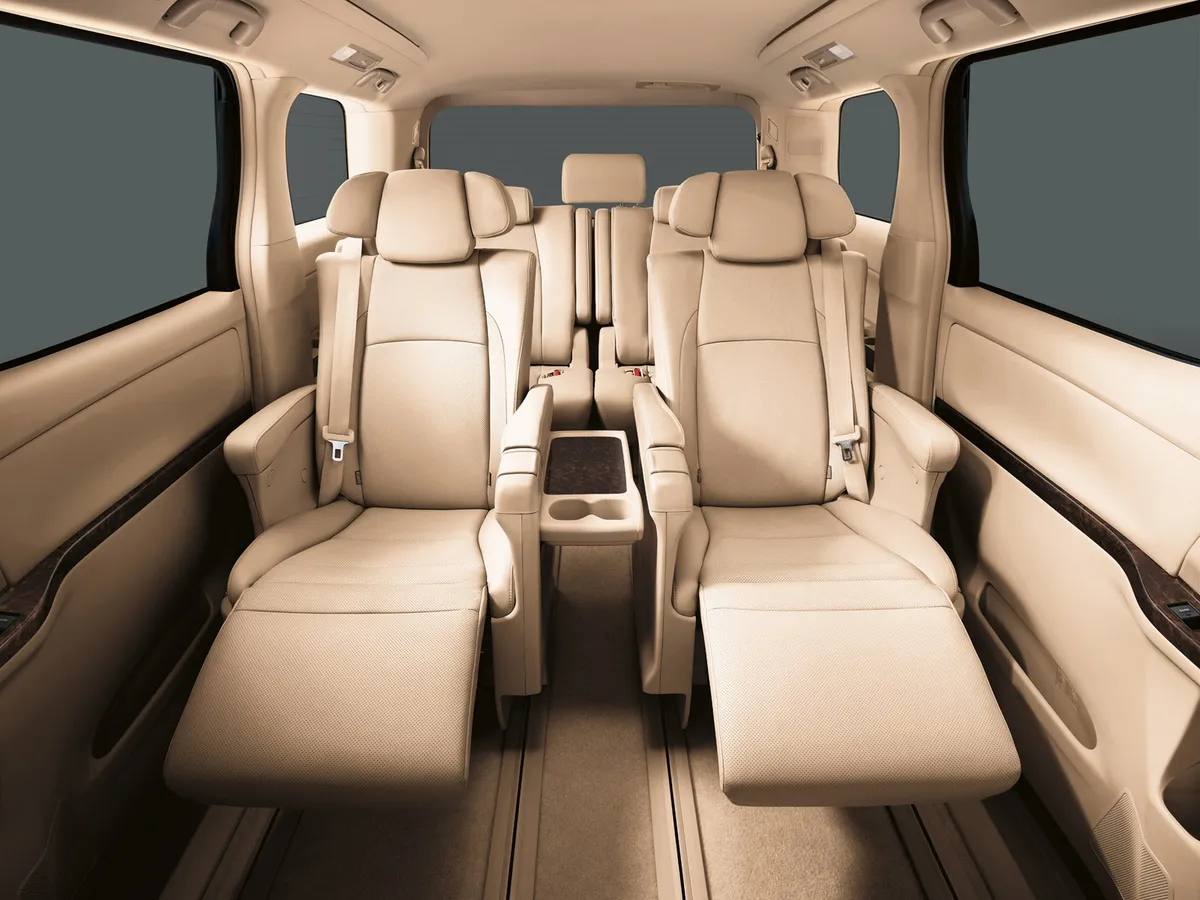
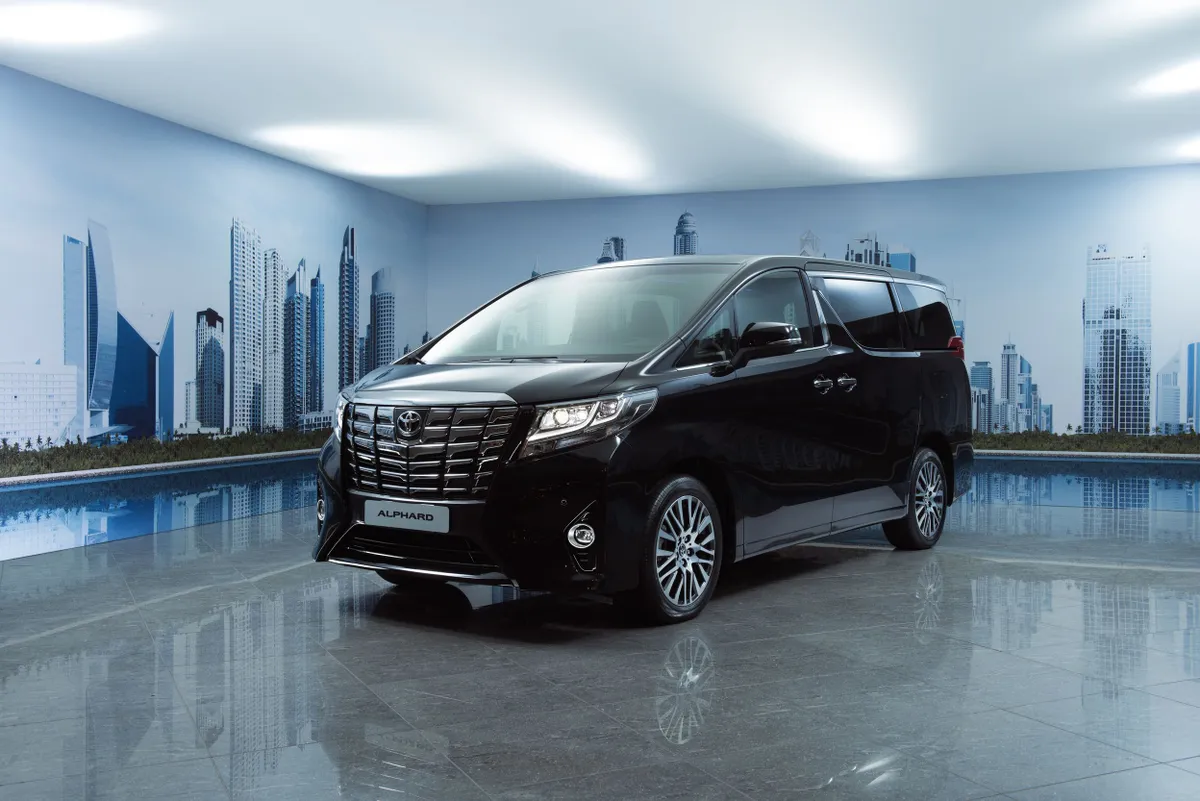
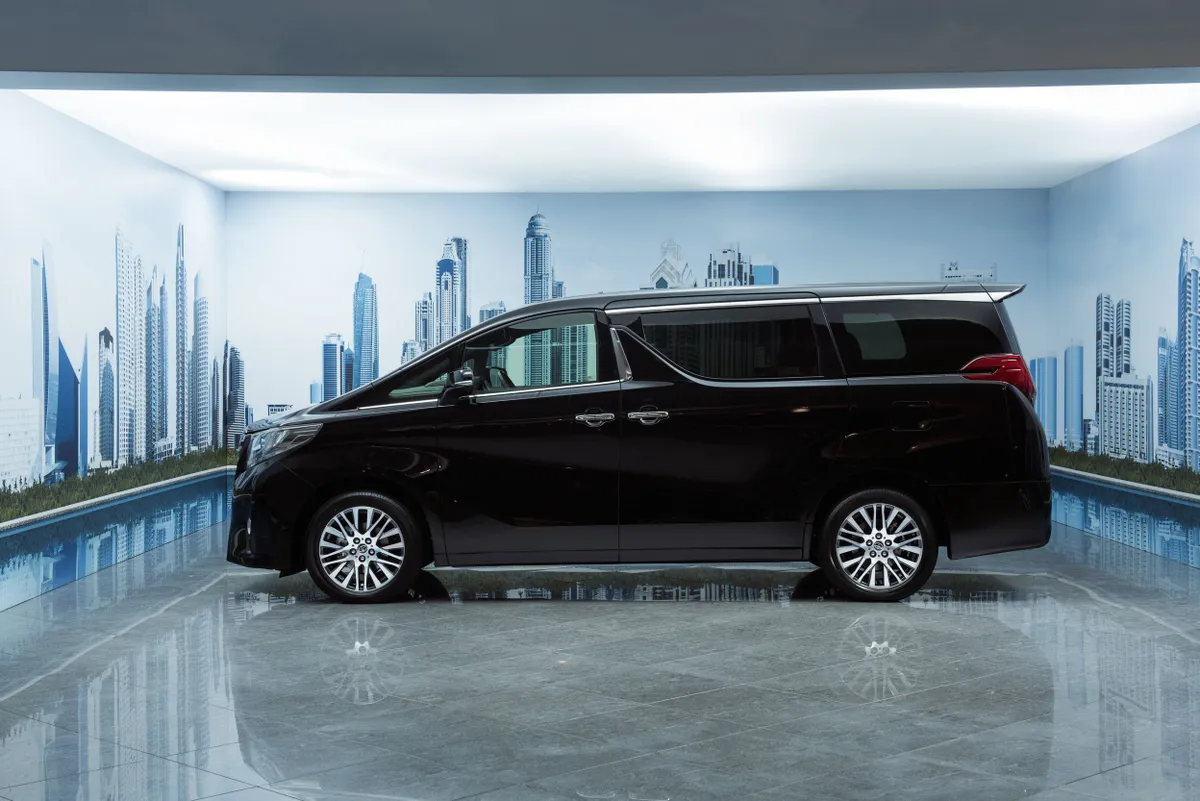

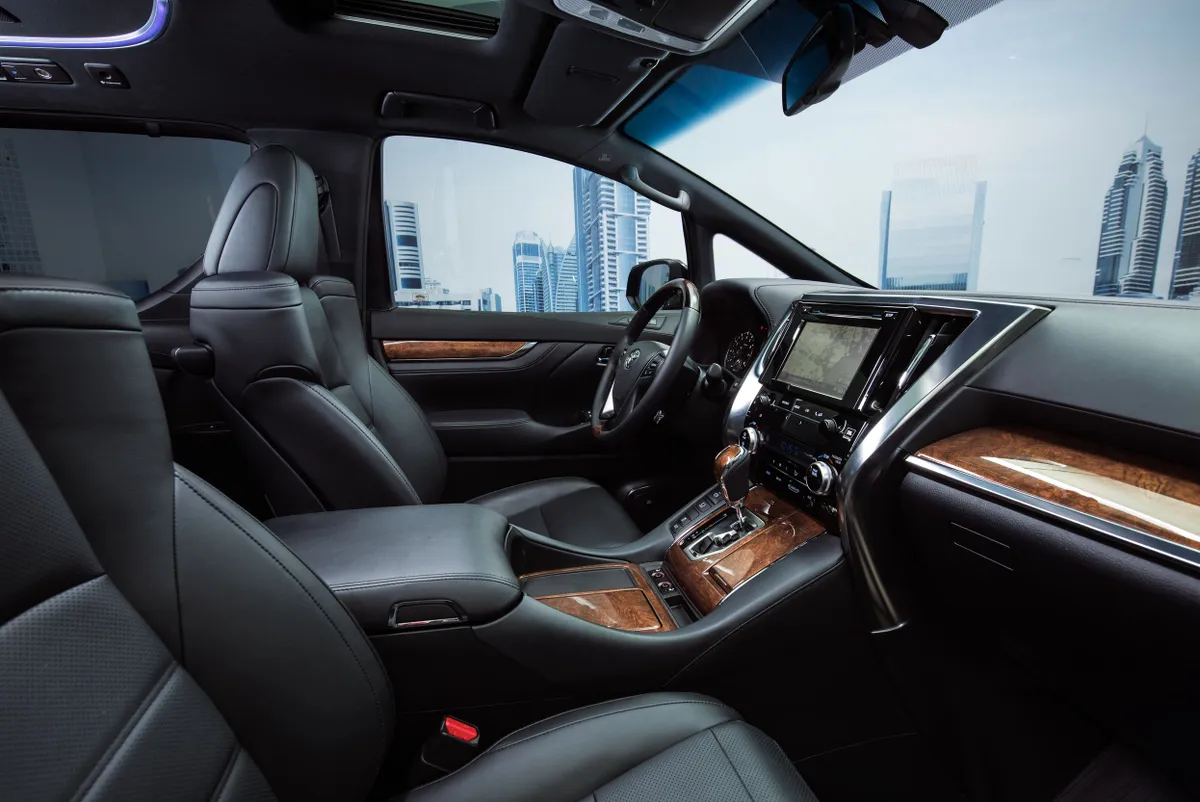
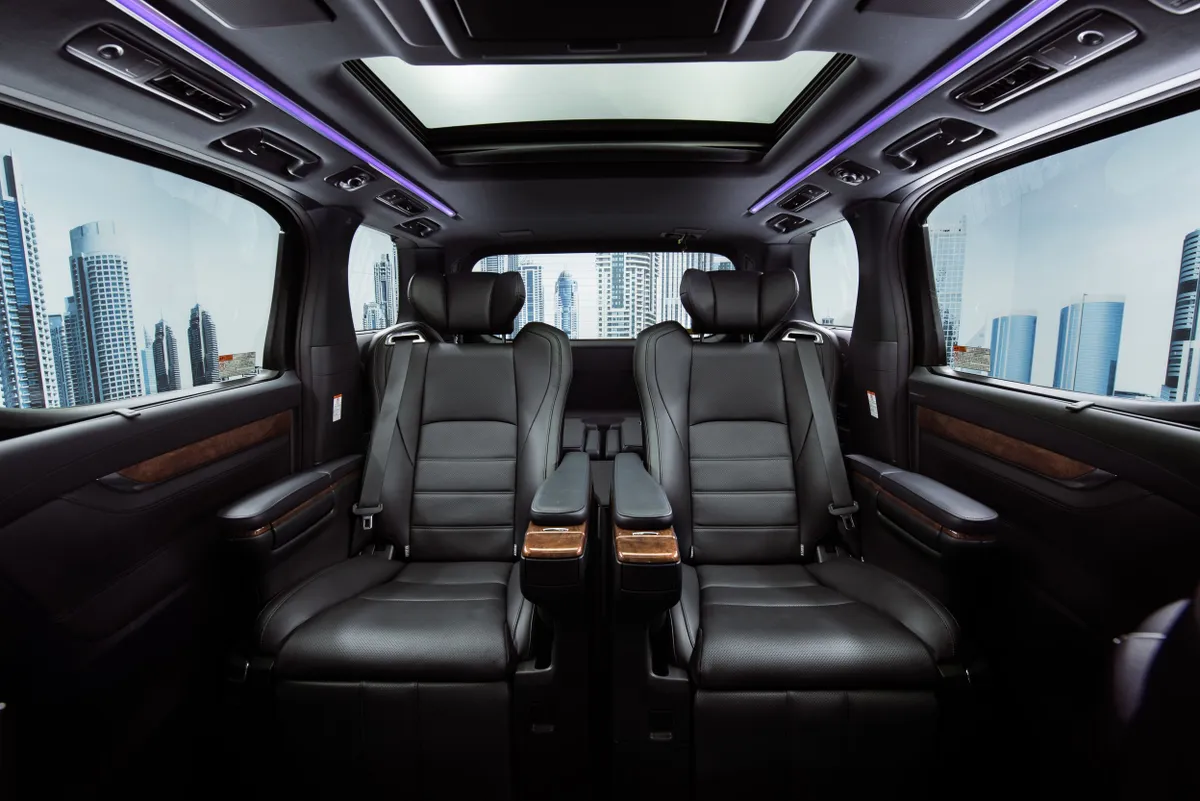
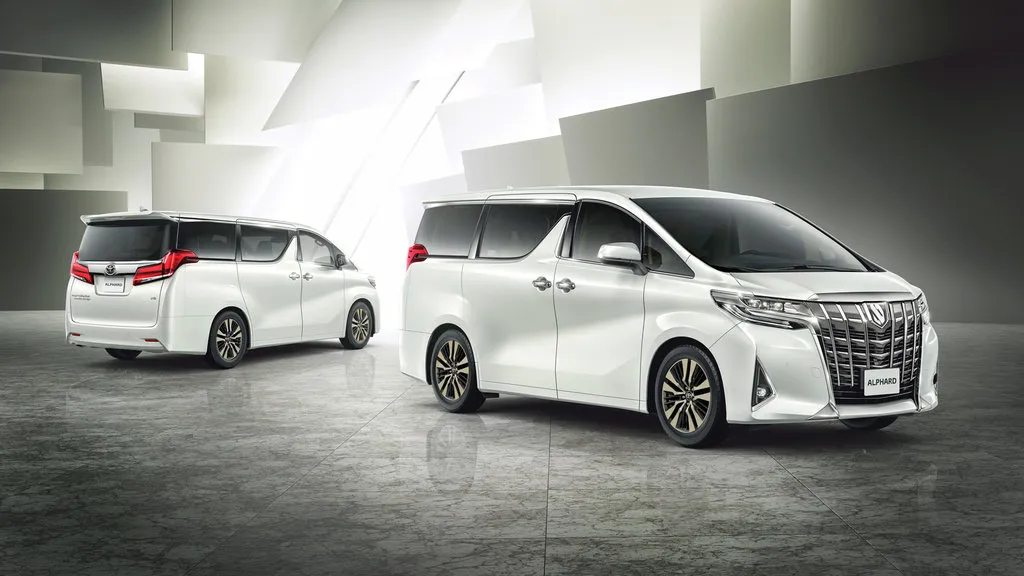
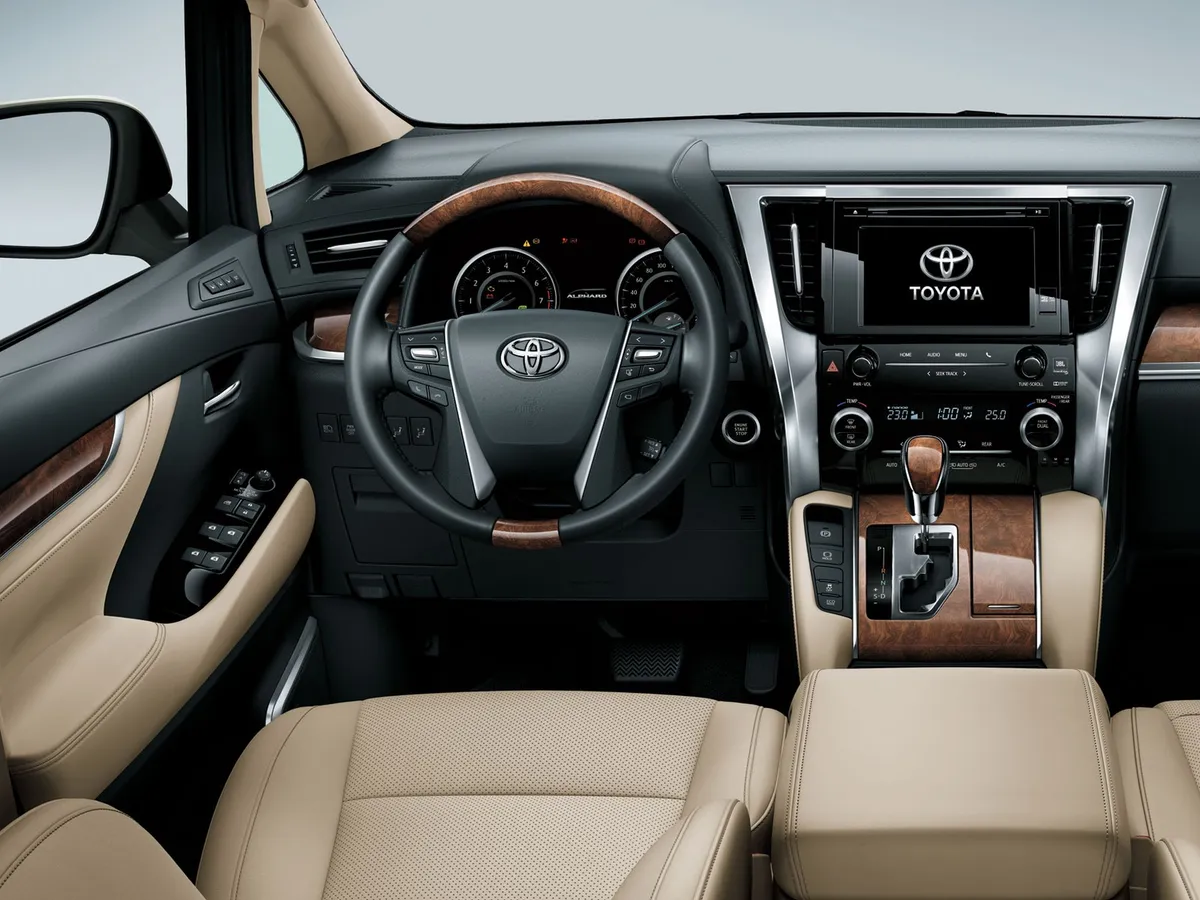
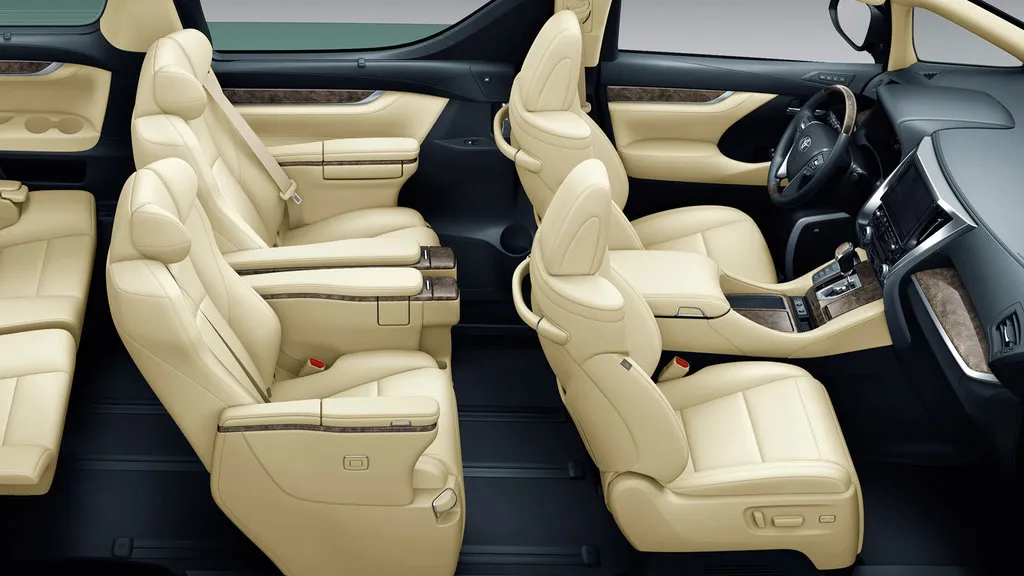

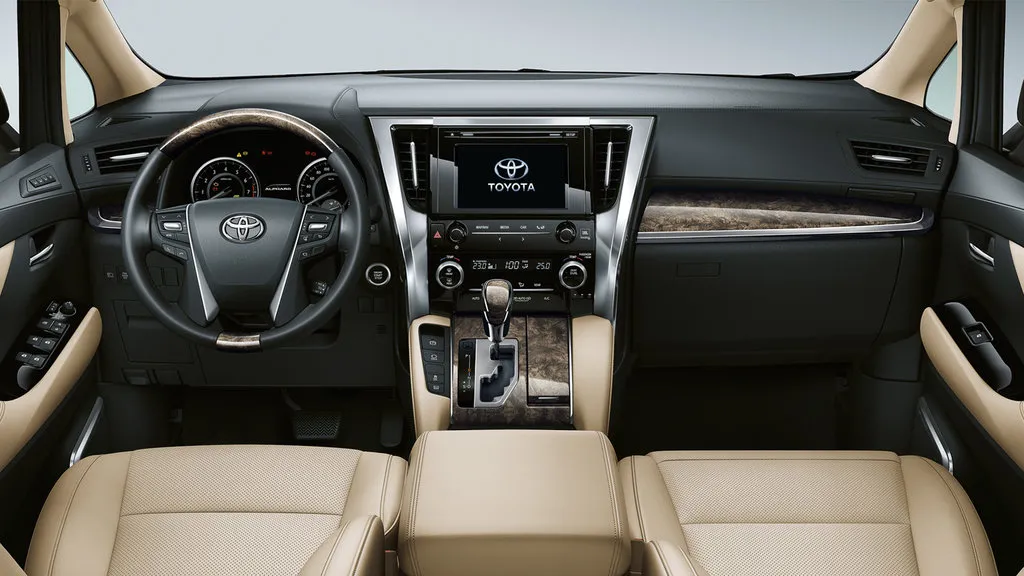
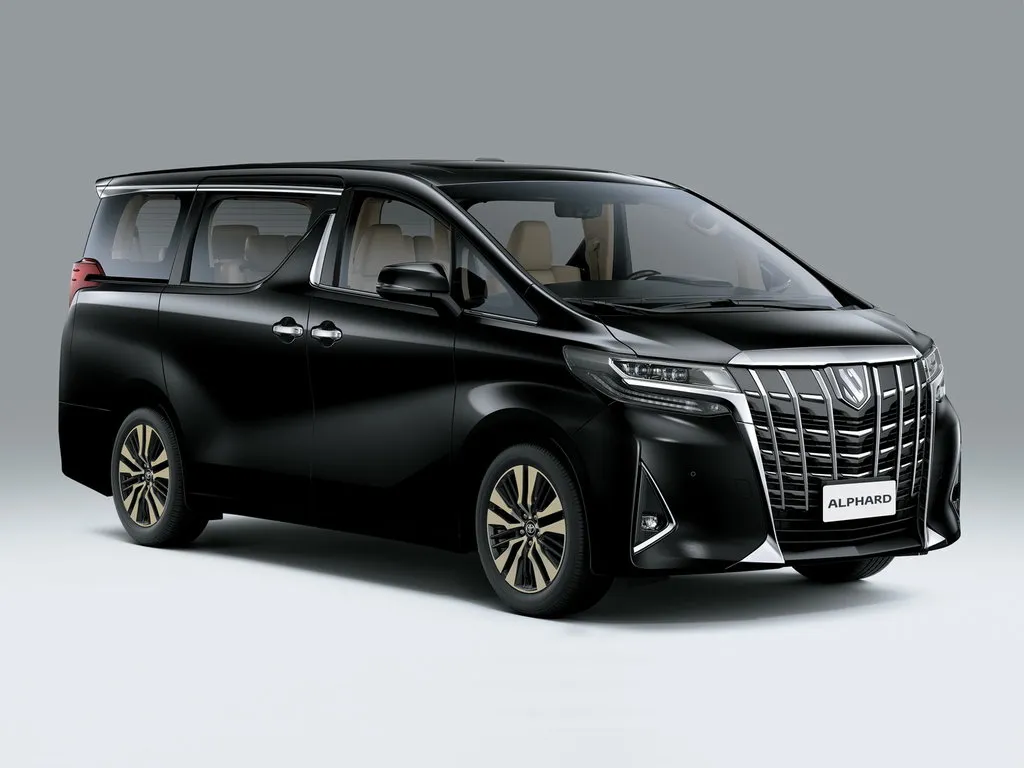
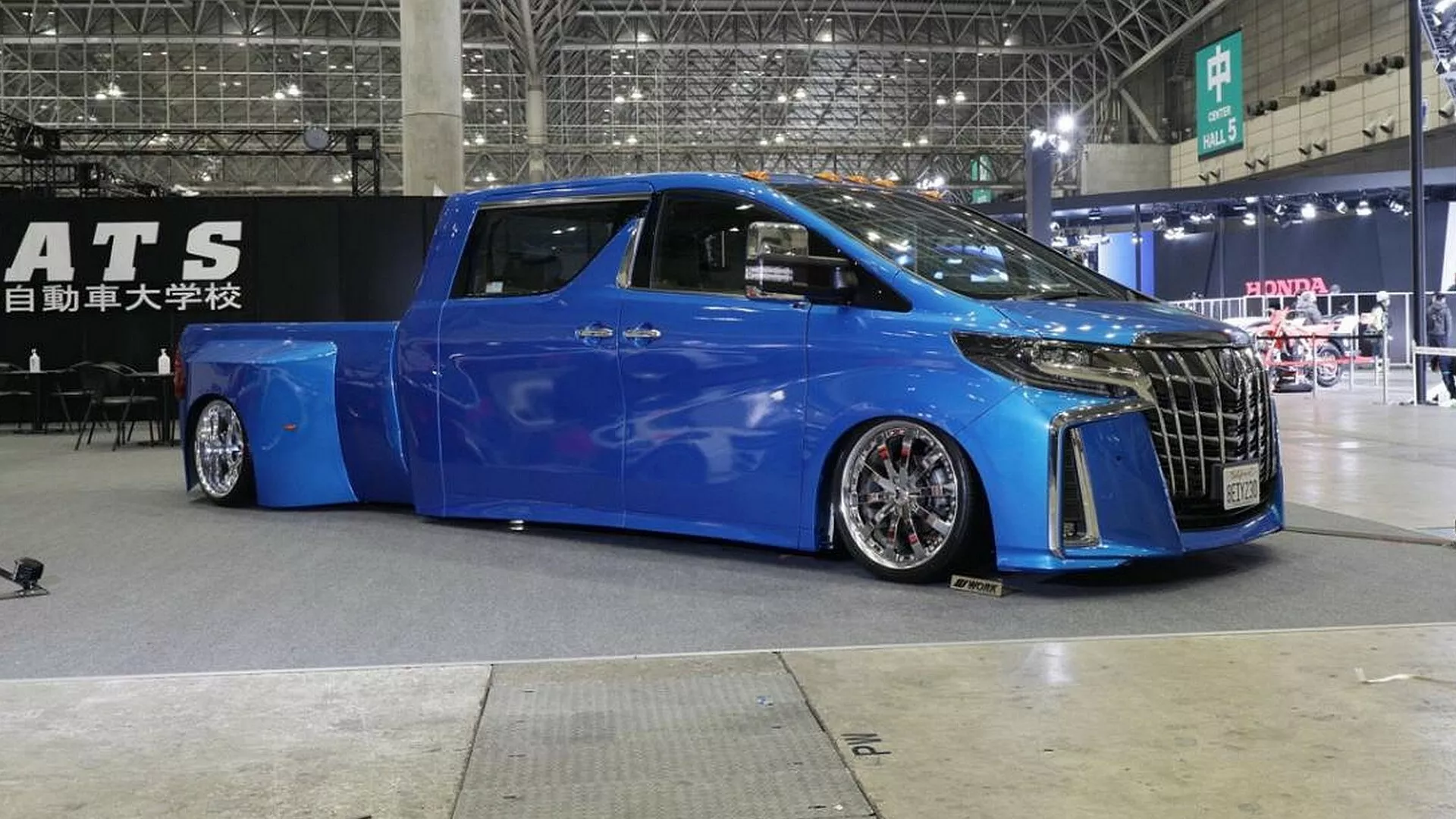
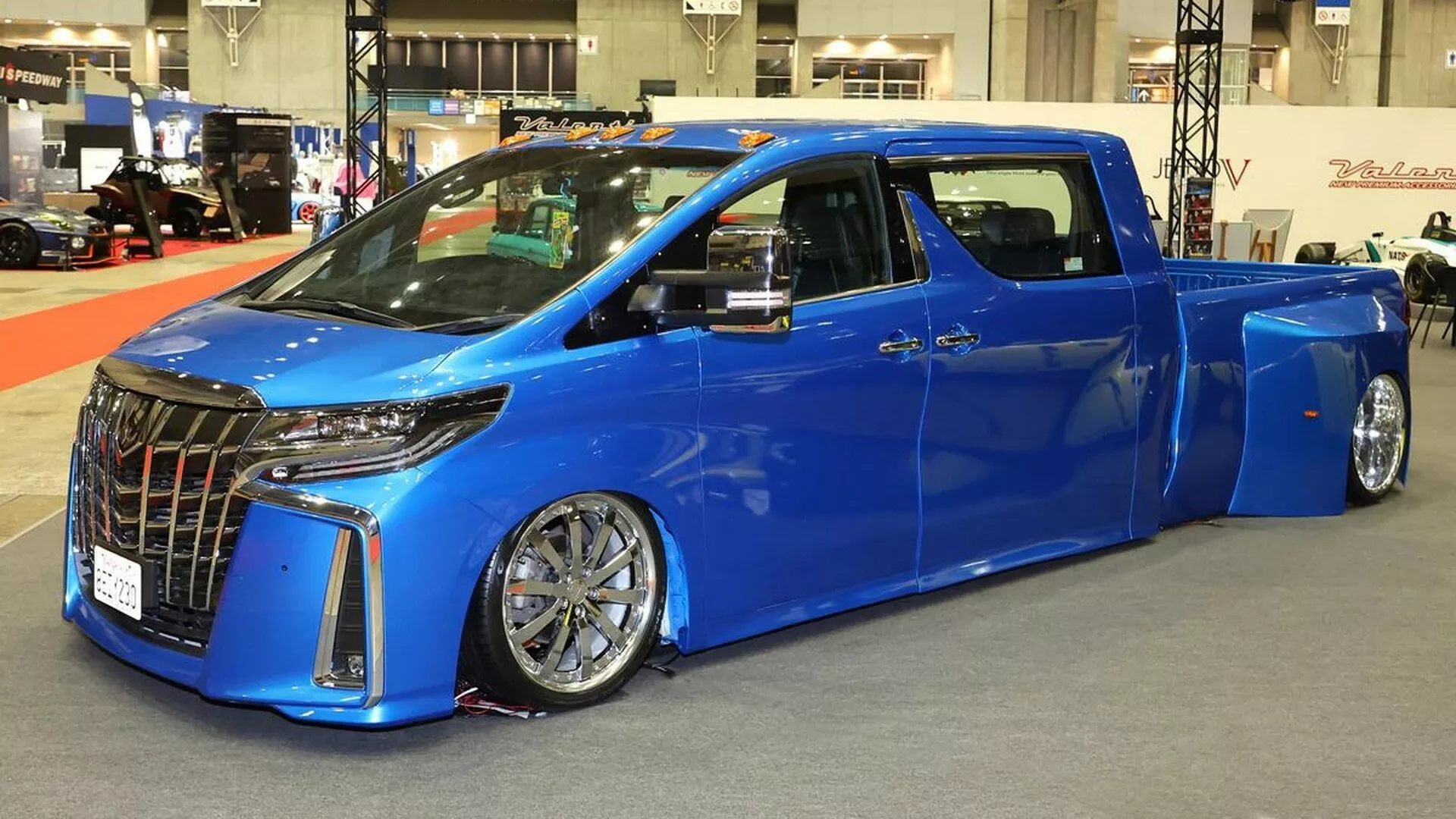
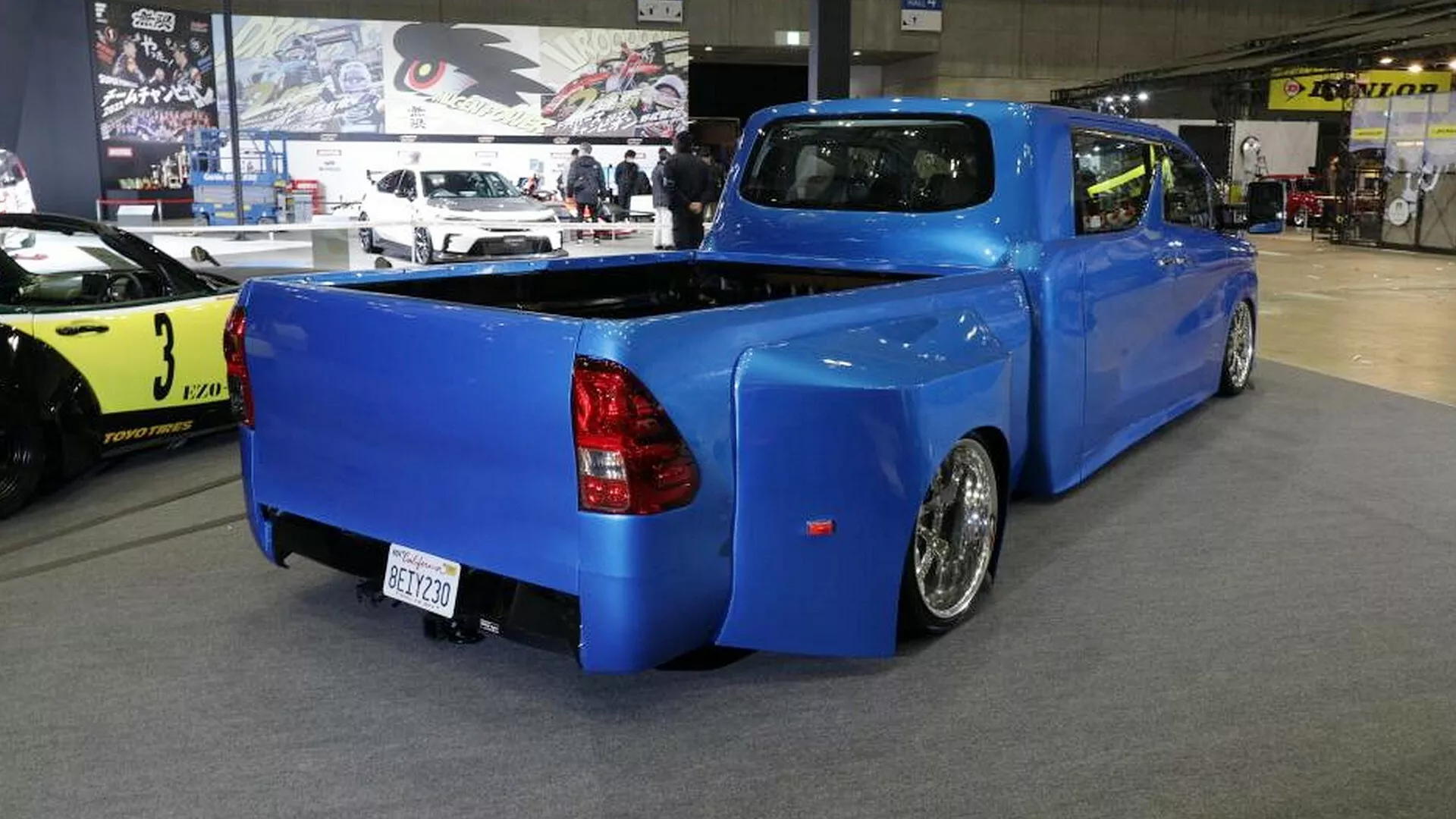


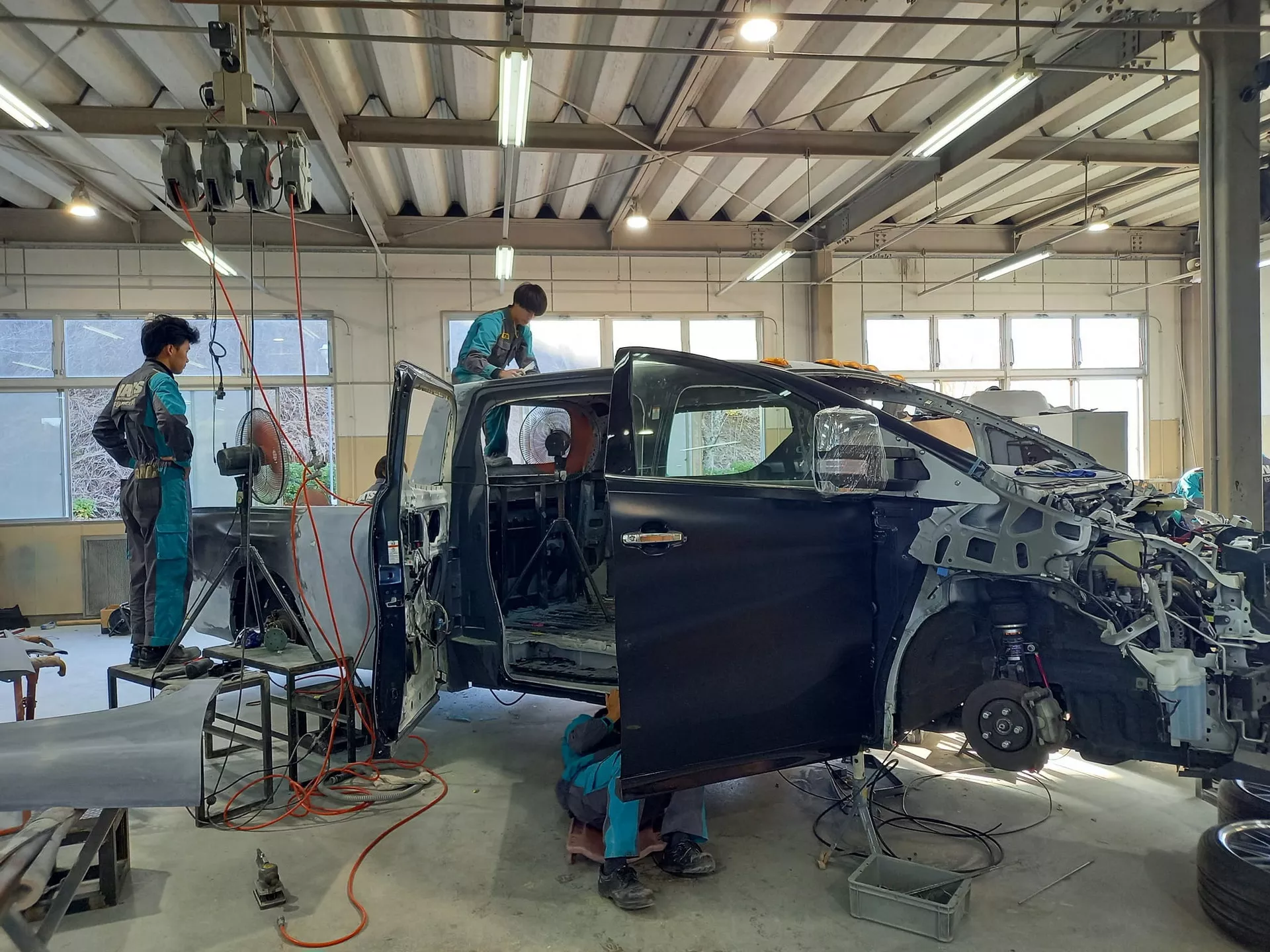

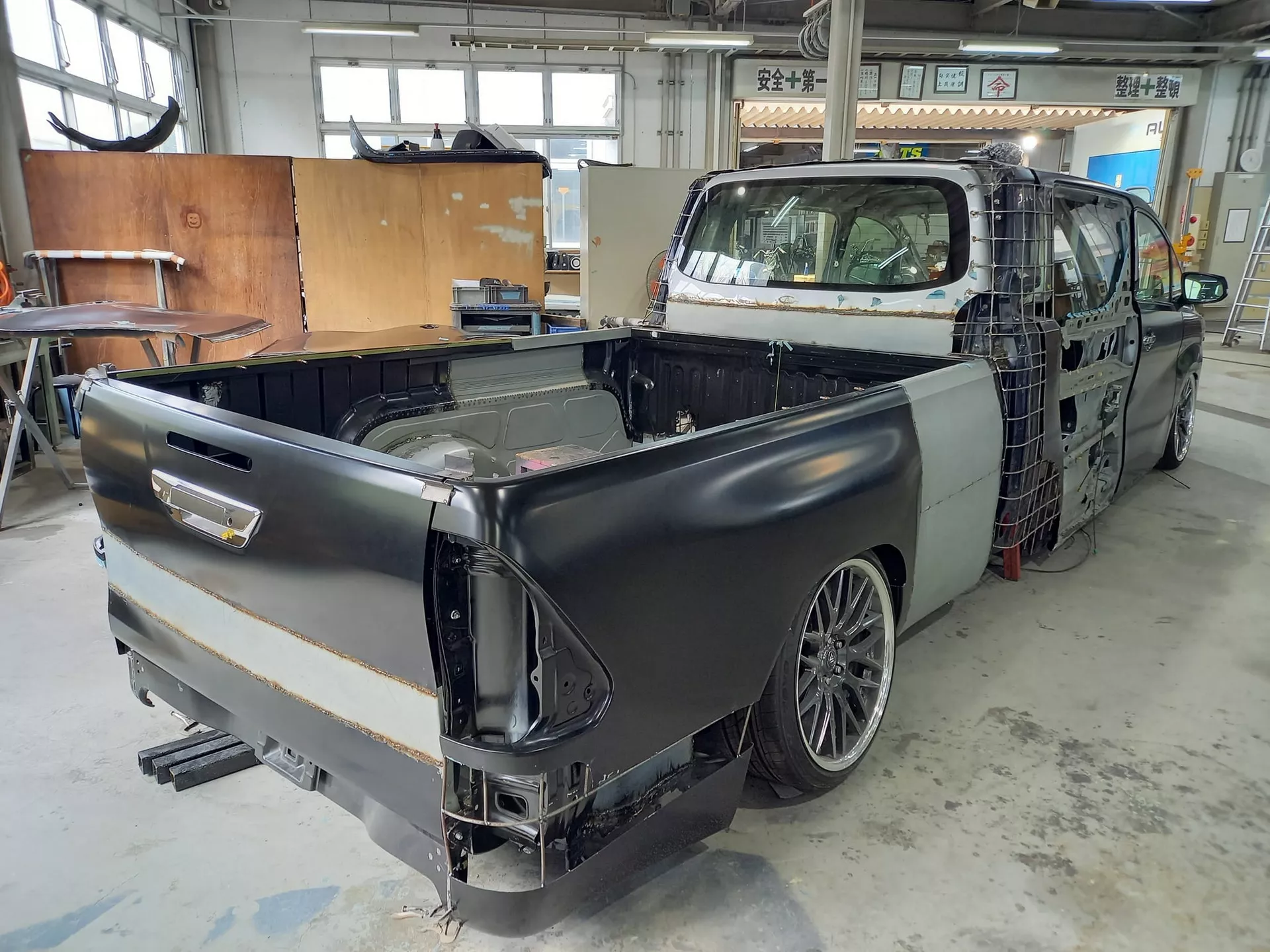


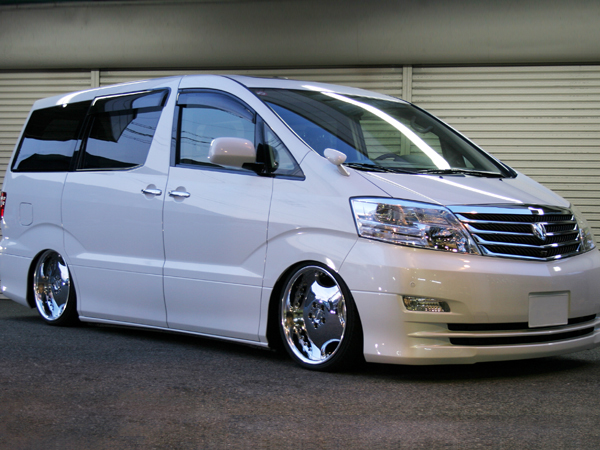

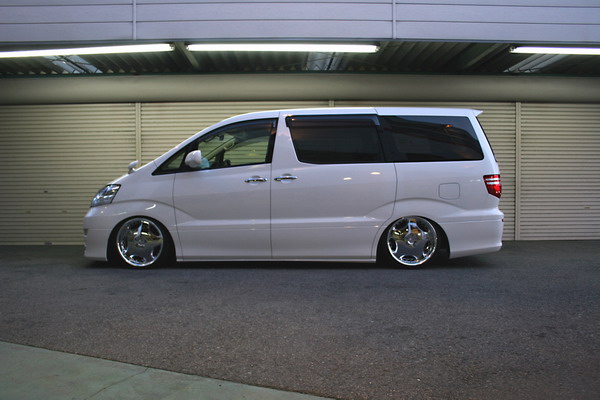










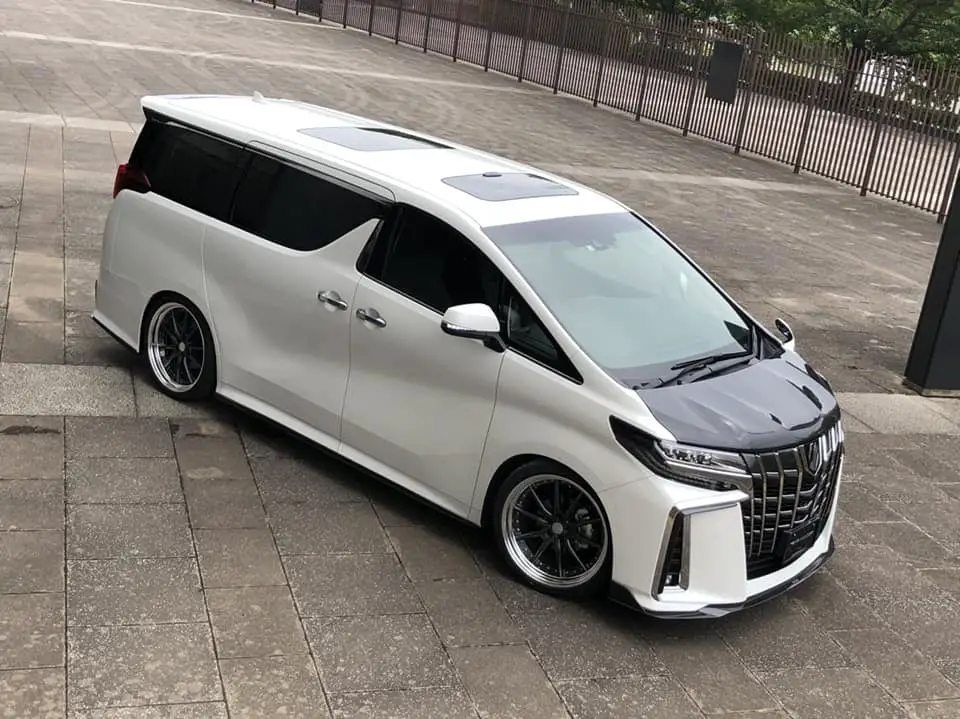
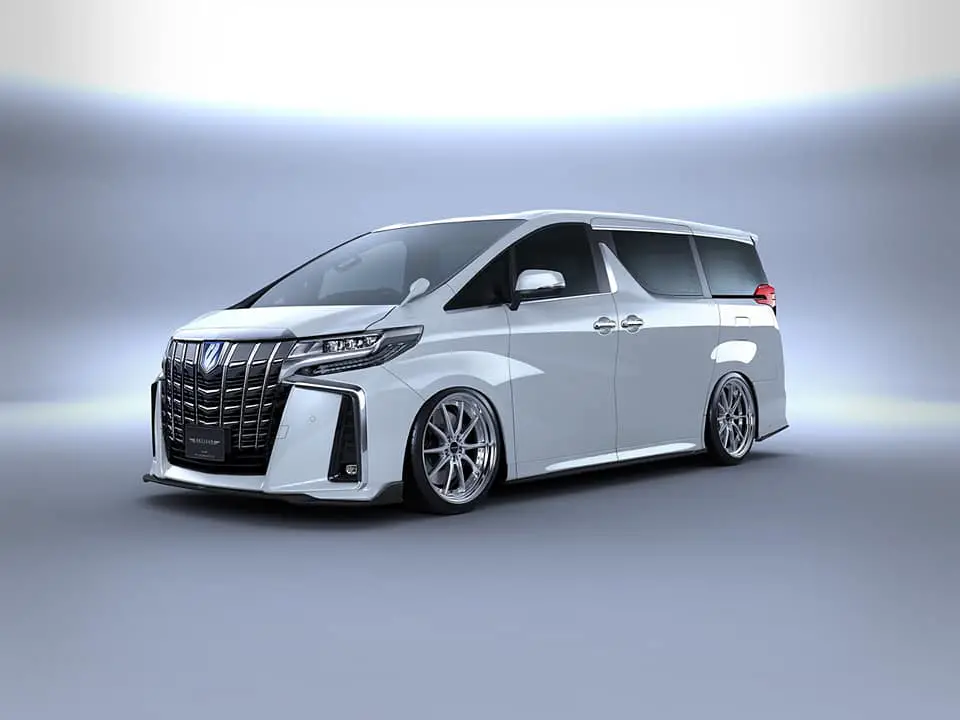
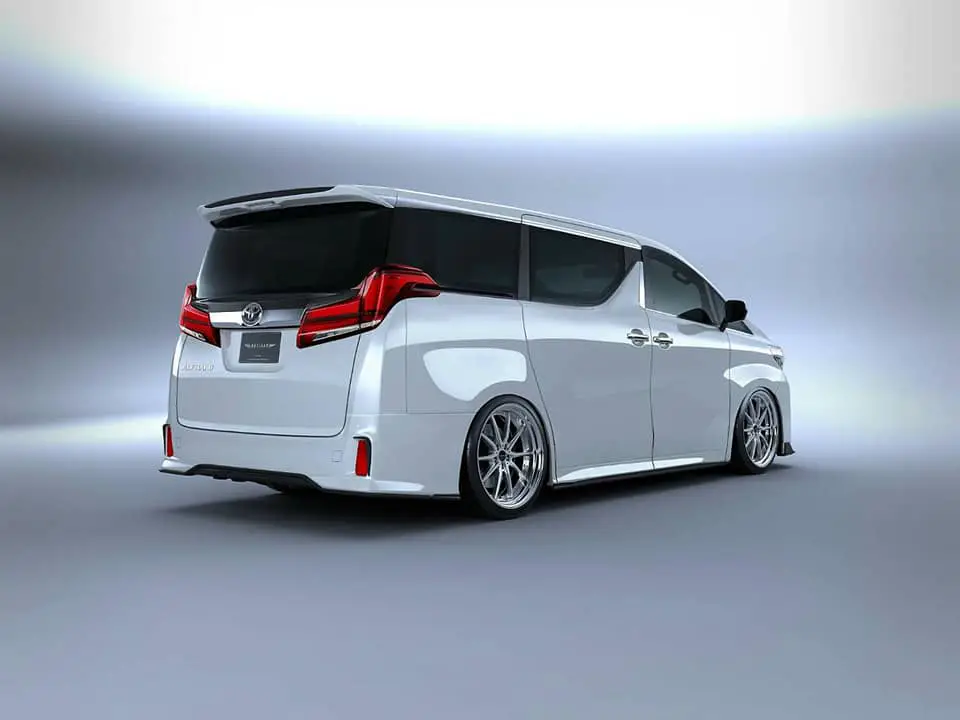

Comments